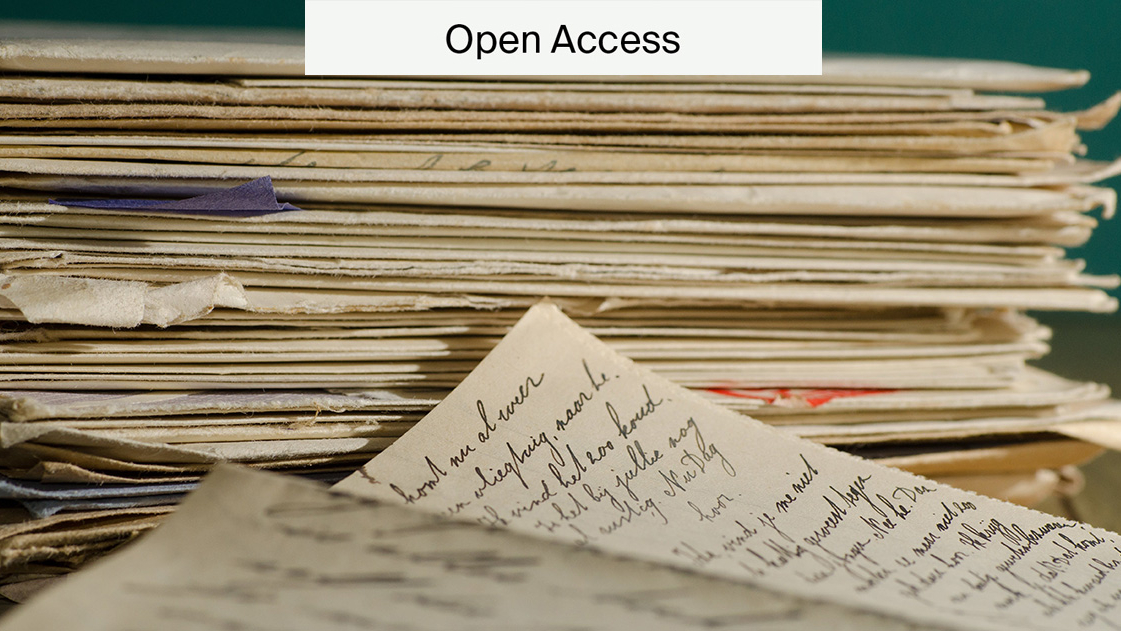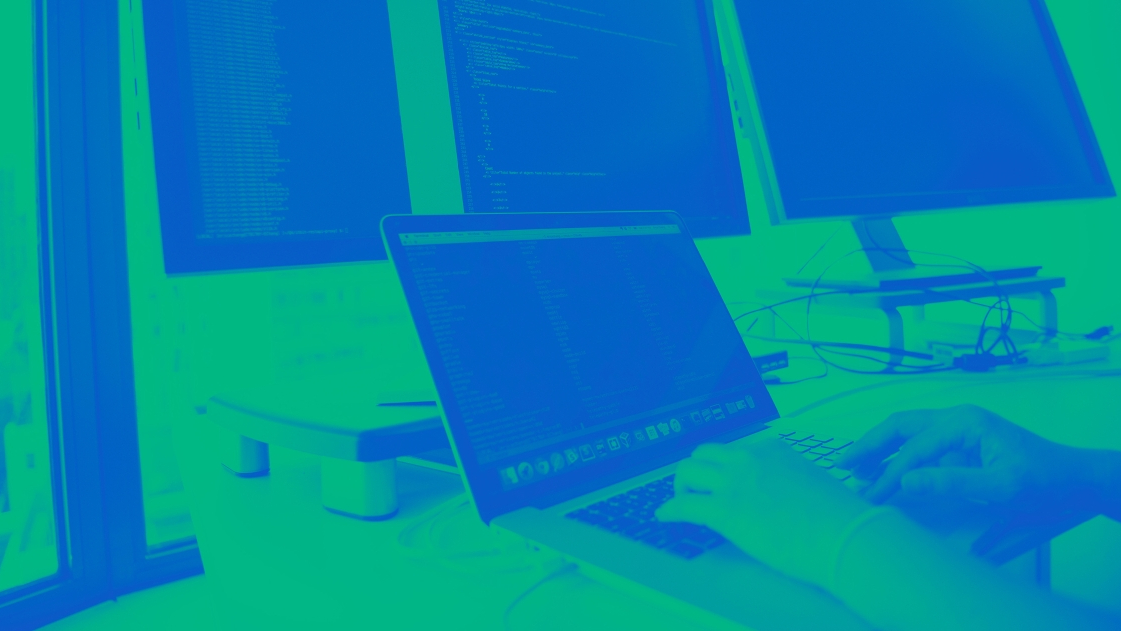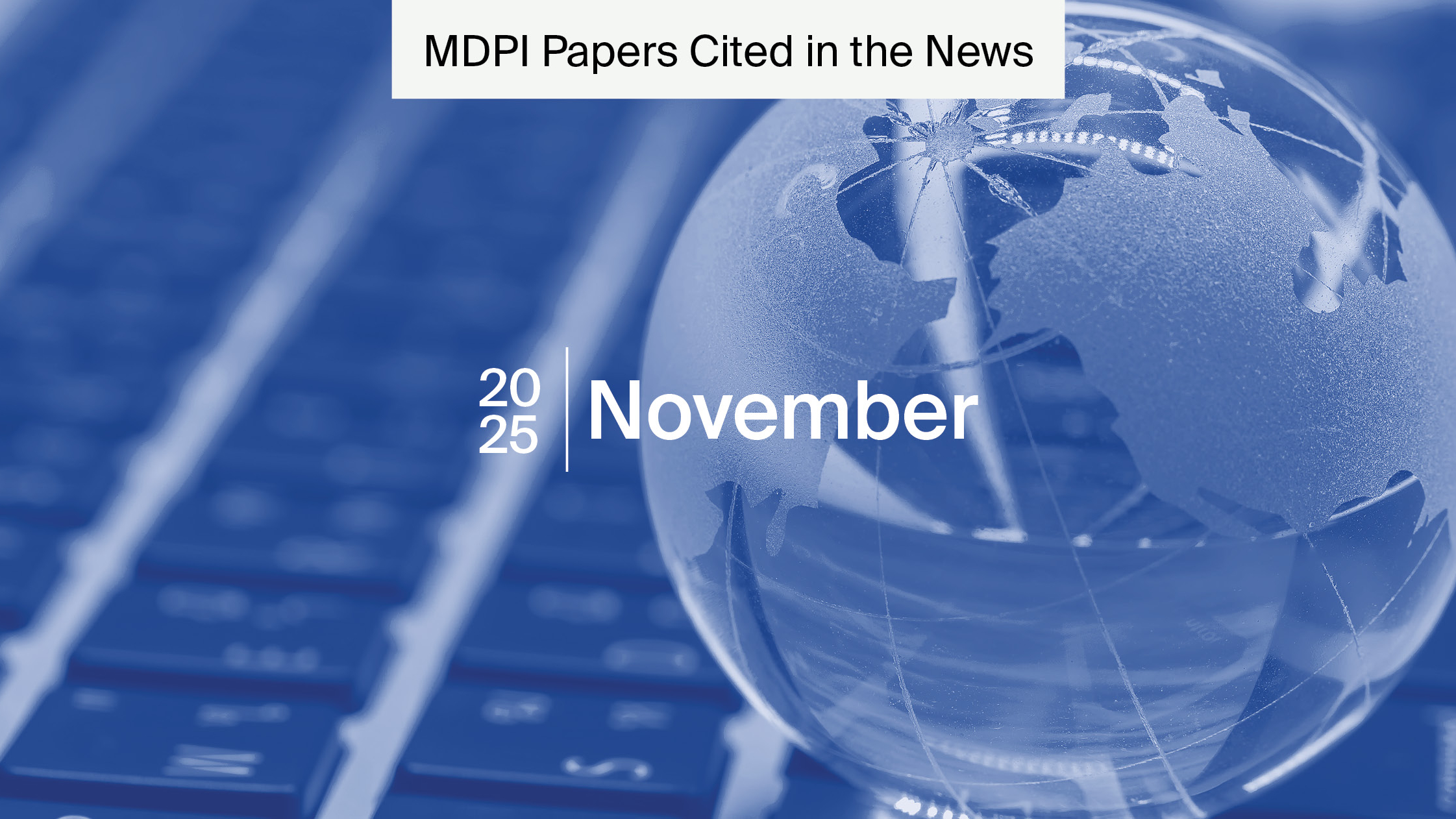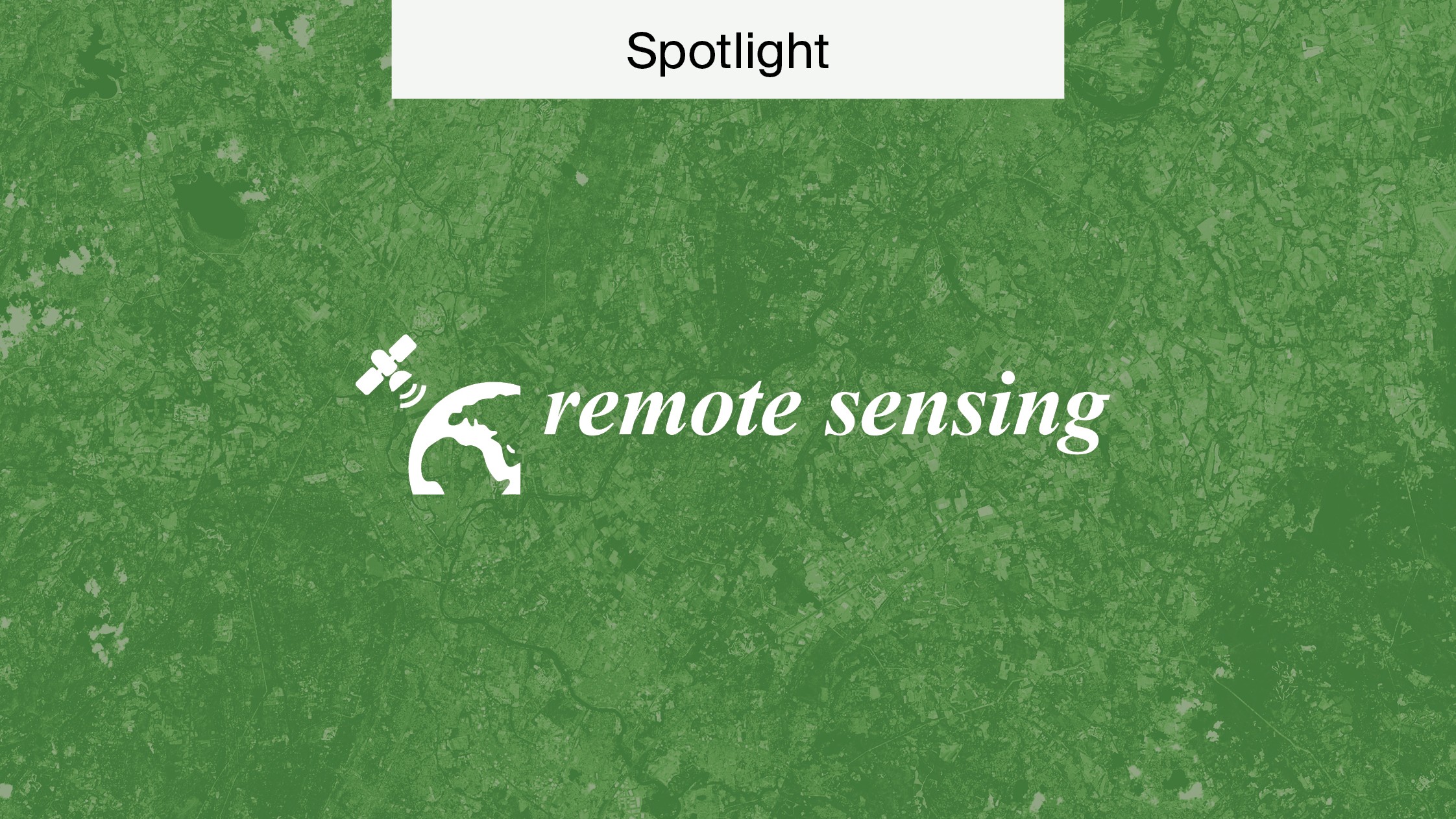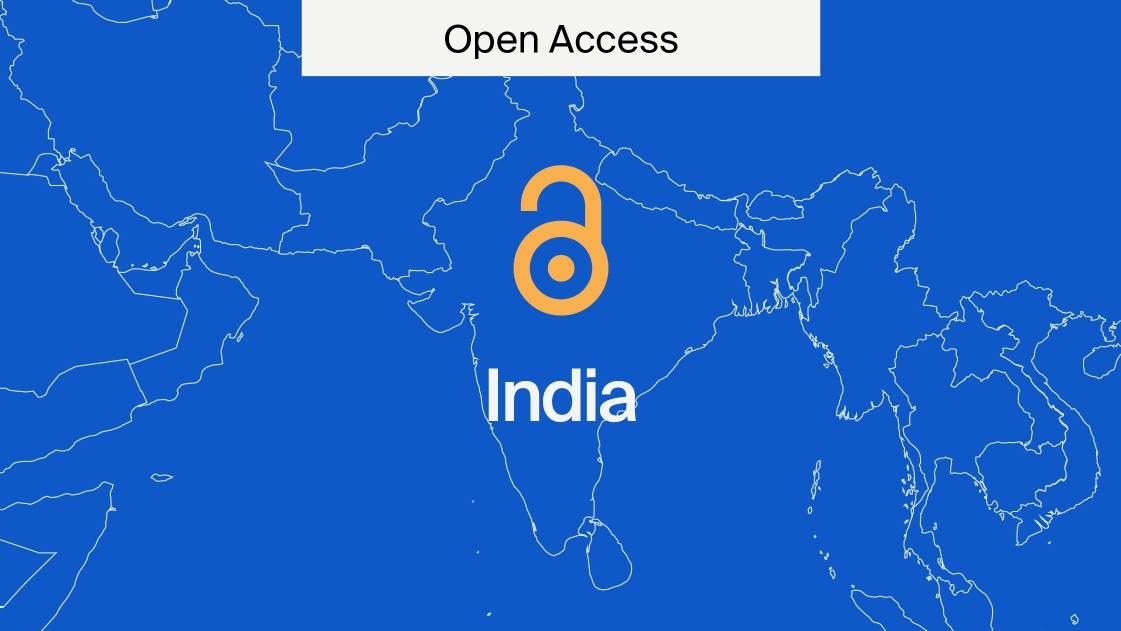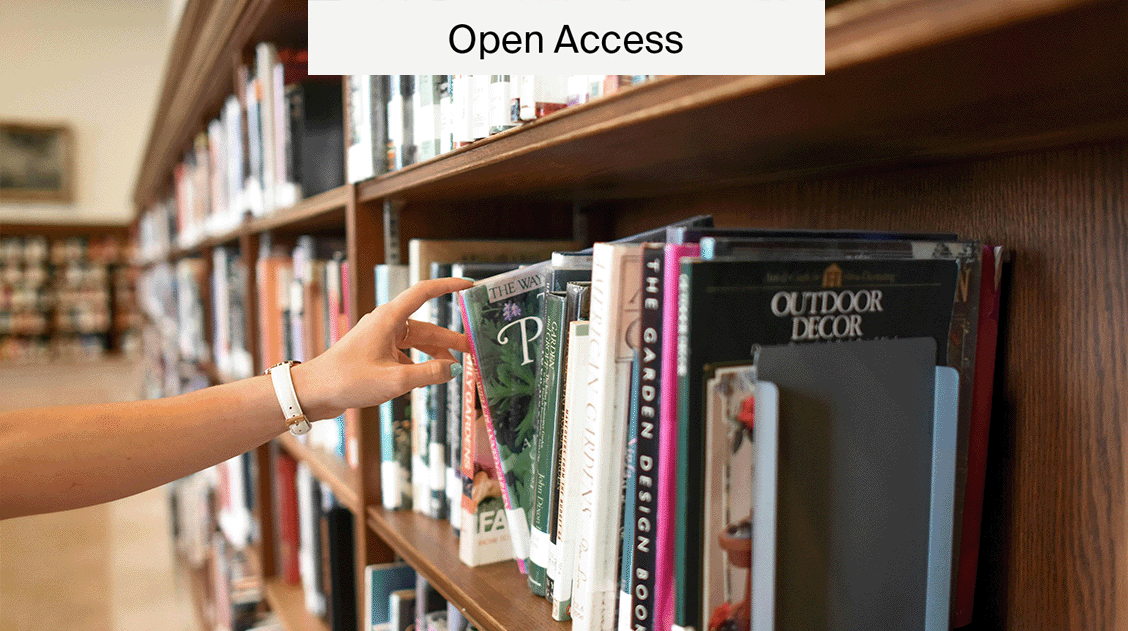
What are Open Educational Resources?
The open science movement aims to remove barriers to scientific research across the entire process from research to publication. Further, advocates aim to ensure there are adequate resources for everyone to become involved in and contribute to scientific knowledge. Open educational resources (OERs) are designed to fulfil this need, and they are growing in popularity.
Teachers’ awareness of OERs is at an all-time high, prompted by the switch to online learning in 2020. However, this comes as a necessity, with studies finding that 62% of students cannot afford textbooks or course materials.
Here, we define OERs, provide examples, and outline their advantages and disadvantages.
Open educational resources
Definitions of open educational resources vary, but the key ones come from UNESCO:
Open Educational Resources (OER) are learning, teaching and research materials in any format and medium that reside in the public domain or are under copyright that have been released under an open license, that permit no-cost access, re-use, re-purpose, adaptation and redistribution by others.
And also from the William and Flora Hewlett Foundation:
Teaching, learning, and research materials that reside in the public domain or have been released under an intellectual property license that permits their free use or repurposing by others.
These definitions share an emphasis on open licensing, which clearly establishes the parameters of use for the materials. Most commonly, Creative Commons (CC) licenses are recommended. CC licenses were created to fill the space between traditional copyright and the public domain. They clearly define the rights of both the author and the user accessing the material.
CC licenses centre around the 5 Rs:
- Retain: the right to make, own, and use a copy of the resource.
- Revise: edit, adapt, and modify a copy of the resource.
- Remix: combine your copy of the resource with other existing material to make something new.
- Reuse: use your copy of the resource publicly.
- Redistribute: share copies of the resource with others.
We have a guide to CC licenses in relation to Open Access if you want to learn more.
Examples of open educational resources
Enabled by the Internet, OERs help spread knowledge to advance education. By combining them with open licenses, open technologies, open standards, and open formats, there is huge potential for innovation in education.
OERs can come in various formats, ranging from single documents to entire courses. Here are some examples of different types of resources:
- Recorded lectures, seminars, and courses. Visit the Macdonald-Kelce Library and the National University Library to search for open courseware from leading universities.
- Handouts.
- Essays.
- Diagrams.
- Data.
- Animations.
- Videos.
- Presentation slides.
- Reading Iists.
For more information on how to find OERs, visit this guide created by Western Washington University.
Advantages of OERs
UNESCO highlights how open educational resources contribute to various Sustainable Development Goals. These include SDG 4 – quality education; SDG 5 – gender equality; SDG 9 – enhancement of scientific research and innovation; SDG 10 – reducing inequalities; and SDG 16.10 – ensure public access to information.
As mentioned, the costs of textbooks have risen sharply, impacting student access to educational materials. OERs lower costs to resources, immediately improving access. Teachers can also utilise them to suit their students’ needs, saving them time when building courses and classes.
A study highlighted by SPARC claims that 93% of students who use OERs do as well as or better than those using traditional materials. OERs encourage interactive learning by enabling students to revise, remix, and reuse learning materials.
In short, OERs remove barriers to education and increase the potential for tailored learning.
Disadvantages of OERs
Despite all these advantages, there are concerns about the use of open educational resources.
This primarily stems from the lack of validation. Resources can be created and shared without being carefully reviewed, meaning misinformation or poorly made materials could be widely distributed. However, verifying OERs can be time consuming and resource intensive. To combat this, always make sure to check the source of any OERs you use.
The other disadvantages include technological barriers and lack of awareness.
Accessing OERs at minimum requires an internet connection, but sometimes it may require specific software or resources that people cannot afford or gain access to. Further, there may be a lack of awareness about the resources available and how to use them, meaning those who need them most may not be aware of them.
Many of the leading OER initiatives are addressing these disadvantages.
OER initiatives
There are various initiatives around the world relating to OERs, some at a national level and others organised by institutional bodies.
Most notably, OER Commons is a digital library of OERs created by the Institute for the Study of Knowledge Management in Education. It features over 70,000 resources from leading sources like the British Library and Harvard University.
Similarly, Open Education Europe and the Community College Consortium for Open Educational Resources (CCCOER) both aggregate OERs into portals that users can freely access.
At the national level, the 2017 Ljubljana OER Action Plan in Slovenia includes recommendations for stakeholders relating to OERs. Most notably, the Plan addresses the importance of having OERs in multiple languages. This is to preserve linguistic and cultural diversity, which would require not just translation but adaptation to cultural perspectives.
Saudi Arabia has a range of open science initiatives, many of which relate to OERs. We recently covered Open Access in Saudi Arabia if you want to learn more, covering the following open education initiatives:
- The Center for Society and Literacy Awareness: Open Access portal.
- Ministry of Education Open Data Platform: statistics, reports, studies, and factsheets on education.
- Saudi Open Educational Resources Network: national program featuring over 300,000 resources and information on workshops, awards, and ambassadors.
Finally, MDPI Encyclopedia is a user-generated content collection platform for researchers with additional contributions published by experts. The tool is free to use and has a multidisciplinary scope.
Future of open educational resources
At the UNESCO OER Dynamic Coalition Webinar in 2024, the future of OERs was explored. Discussion primarily revolved around the convergence of emerging technologies and OERs increasing the potential to advance education.
The primary technologies include artificial intelligence and blockchain, which would be used together to create an infrastructure of digital education with robust security and accessibility.
Anthony Fischer Camilleri, Senior Partner and Project Manager of the Knowledge Innovation Center, Slovenia, reflected:
In today’s educational landscape, the question is not whether to embrace Blockchain or AI, but rather, how to effectively utilize these technologies to advance our educational objectives.
OERs are likely to develop in line with these technologies, with innovations in translation, presentation, and dissemination, amongst others. It is up to institutions to increase awareness and users to continue remixing and reusing them to further advance them.
Learn more about open science
OERs are growing in awareness and availability. They help improve access and create options for personalising education at a time when rising costs are impacting students. In the future, we are likely to see innovations around OERs using AI and other technologies.
OERs are one aspect of open science, which is a broad umbrella of aims centred around removing any barriers to science.
We’re dedicated to giving you all the information you need to understand Open Access and open science. Click here for our article, All You Need to Know About Open Access, which covers a range of topics that can help boost your understanding and also keep you up to date.


